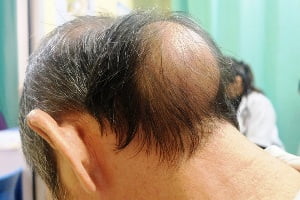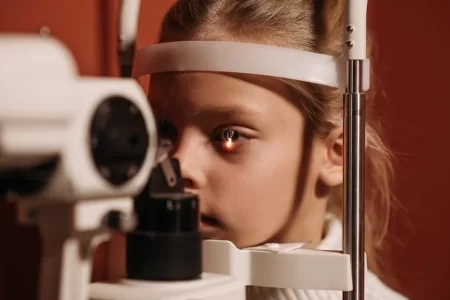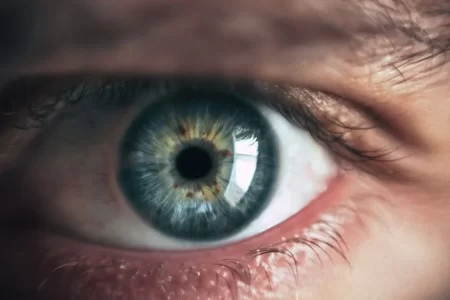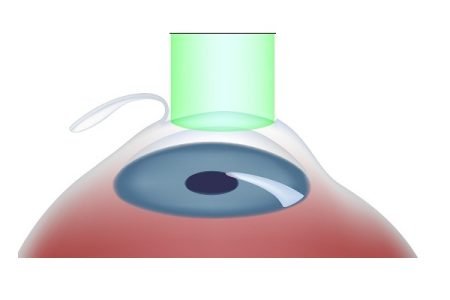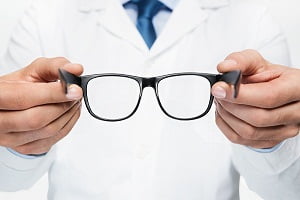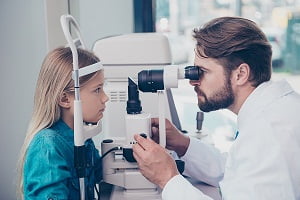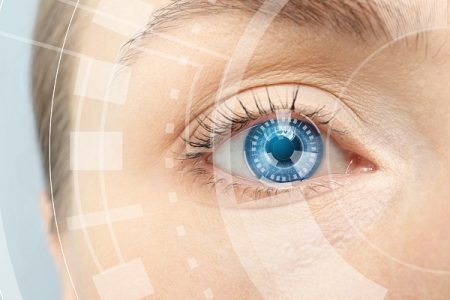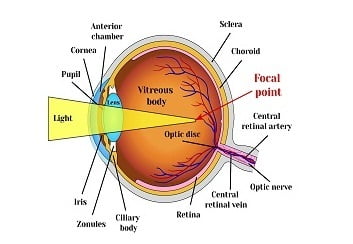Browsing: Myopia
Comprehensive Information, Resources, and Support on Myopia
As you age, you’re more than aware that you need to take care of your eye health, because this is…
As we age, maintaining healthy vision becomes extremely important. Our eyes not only help us navigate the world but also…
All About Lasik Eye Surgery
LASIK (Laser Assisted in Situ Keratomileusis) is the most common type of laser eye surgery used to treat different eye problems like nearsightedness, farsightedness, and astigmatism. The cornea of the eye is reshaped in order to attain vision correction during a LASIK procedure. There are some LASIK risks and side effects which should not be ignored.
The most common way to manage the myopia is use of eye glasses or contact lenses. Refractive surgery is another option that can reduce or eliminate the need for glasses or contact lenses. LASIK is the most common surgical procedure which is performed with an excimer laser.
Myopia (nearsightedness) is diagnosed in a physical examination by an ophthalmologist. You can find out if you have myopia by getting an eye test done at your local optical center. Your doctor may recommend a number of tests as well to identify the cause of myopia. These may include retinal examination, visual acuity test, retinoscopy etc.
What is Myopia or Nearsightedness?
Nearsightedness also known as myopia is a common condition of eye in which distant objects unclear or blurred. A personal is unable to see them clearly. It can be mild, moderate or severe. It is in fact not a disease but a variation from the normal caused by a change in the shape of the eyeball.
What Is Myopia (Nearsightedness)?
What causes Myopia? Short-sightedness or myopia is a refractive error in which the light rays coming from the object…

